Explore Beijing Surrounding Cities in 2025
Why Exploring Beijing Surrounding Cities
Exploring Beijing surrounding cities allows visitors to step into landscapes and cultural contexts that are dramatically different from the bustling metropolis. This guide focuses on three prime regions among Beijing surrounding cities: the artistic Bohai coast in Hebei, the expansive grasslands and resonant deserts of Inner Mongolia, and the historically rich heartland of Shanxi, home to some of China’s most significant architectural and spiritual sites. Detailed itineraries, transportation advice, cultural insights, and practical tips ensure your 2025 journeys beyond Beijing are both seamless and unforgettable.
Before You Go – Essential Planning for Beijing Surrounding Cities
When to Travel
-
Spring (April–May): Ideal for moderate temperatures, blooming landscapes, and pleasant hiking conditions. Spring is perfect for exploring Chengde Mountain Resort or hiking the less crowded sections of the Great Wall in Hebei.
-
Summer (June–August): The grasslands of Inner Mongolia are lush and vibrant, offering ideal conditions for horseback riding, Naadam festivals, and overnight stays in yurts. Coastal areas like Aranya are also at their peak.
-
Autumn (September–October): Crisp air, clear skies, and golden foliage create perfect conditions for photography and sightseeing in Shanxi’s ancient towns and temples. This is often considered the most photogenic season.
-
Winter (November–February): Cold but uncrowded, with snow-dusted landscapes offering a serene atmosphere, particularly at Wutai Shan and Pingyao Ancient City. Some accommodations may close off-season, so check in advance.
Transportation Overview
Efficient transportation makes Beijing day trips both practical and enjoyable:
-
High-Speed Rail (HSR): Trains from Beijing reach Datong, Pingyao, Shijiazhuang, and Chengde in just 2–4 hours, allowing travelers to cover long distances comfortably.
-
Domestic Flights: Useful for Inner Mongolia destinations such as Hohhot or Baotou, reducing travel time significantly.
-
Long-Distance Coaches: Economical but slower, best suited for budget travelers comfortable with limited English assistance.
-
Private Car or Driver: Provides flexibility to visit off-the-beaten-path sites like the Hanging Temple or desert camps, ensuring a comfortable schedule.
Booking & Payment
-
Train Tickets: Use the 12306 official app or Trip.com. Tickets typically release 15–30 days in advance, and high-demand trains sell out quickly during national holidays.
-
Accommodation: Book early, especially for Aranya and Inner Mongolia yurts during peak seasons. Options range from boutique hotels and guesthouses to Airbnb-style apartments.
-
Mobile Payments: Install Alipay or WeChat Pay and link international cards. These apps are widely accepted, even in remote towns.
Language & Communication
-
English is limited outside Beijing. Download translation apps:
-
Google Translate (with offline Chinese packs)
-
Pleco (dictionary with OCR text recognition)
-
-
Carry hotel addresses in Chinese for taxi rides.
-
Useful phrases:
-
火车站 (Huǒchēzhàn) – Train station
-
厕所 (Cèsuǒ) – Toilet
-
谢谢 (Xièxiè) – Thank you
-
Connectivity & Safety
-
SIM Cards: Buy local SIMs at airports (China Mobile, China Unicom).
-
VPN: Required for accessing Google, WhatsApp, Instagram.
-
Emergency Numbers: Police 110, Fire 119, Ambulance 120.
-
Travel Insurance: Highly recommended for medical emergencies and trip interruptions.
Packing Essentials
-
Layered clothing for changing weather in grasslands and mountains.
-
Comfortable walking shoes for hiking, cobbled streets, and desert treks.
-
Sun protection: hats, sunglasses, and sunscreen.
-
Dust protection: scarves or goggles for desert areas.
Hebei – Coastal Beauty & Historical Treasures near Beijing Surrounding Cities
Aranya: Minimalist Coastal Retreat
Aranya, near Qinhuangdao, merges architecture, design, and the sea. The Lonely Library and Aranya Church are emblematic of this modern coastal community, offering both photogenic and contemplative experiences.
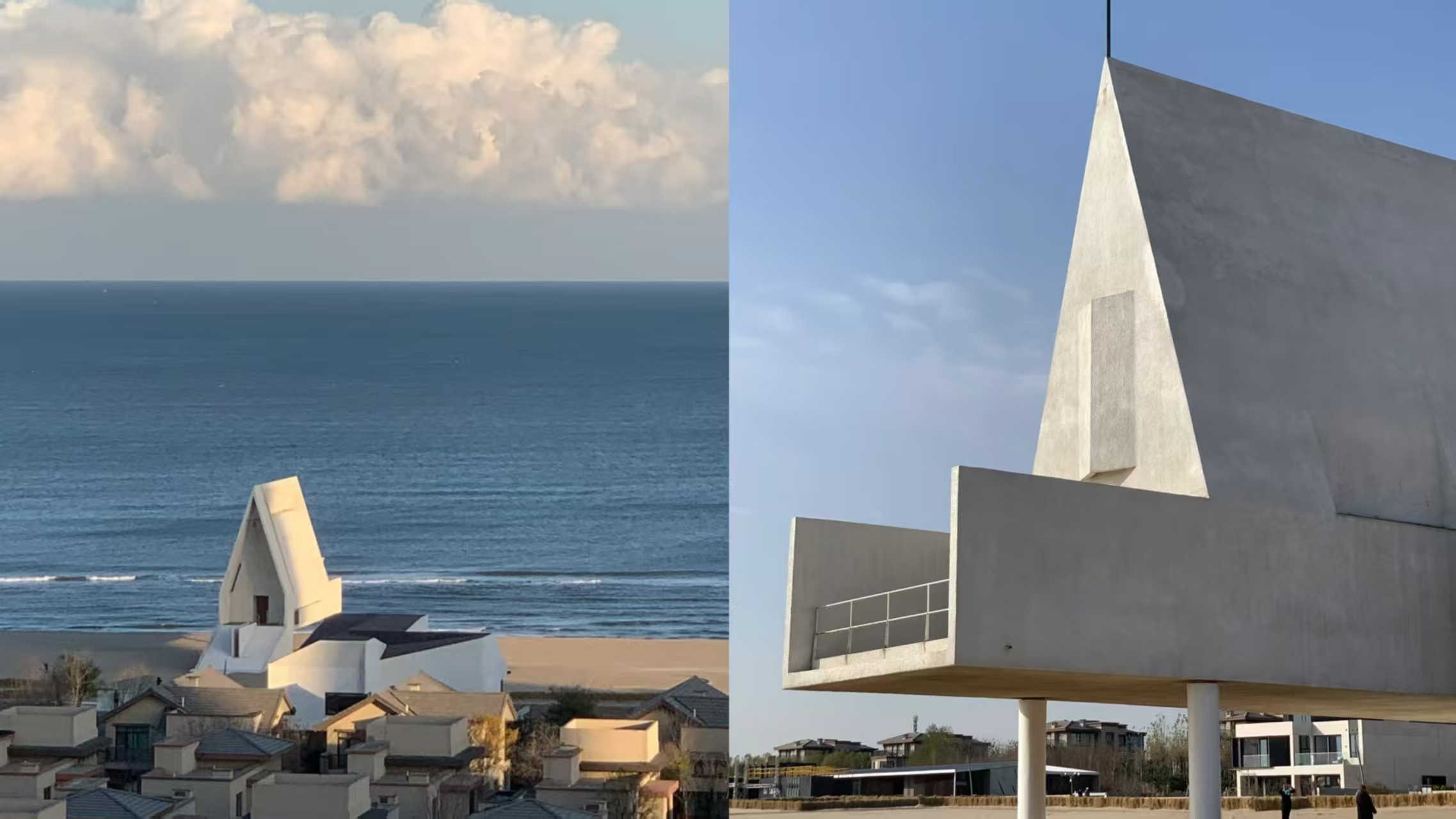
-
Why Visit: Ideal for travelers seeking relaxation, design-focused experiences, and a peaceful coastal atmosphere.
-
Best Time: May–June and September–October for fewer crowds; July–August for beach activities.
-
Tips:
-
Only guests can access the community grounds fully.
-
Rent bicycles to explore pedestrian-only paths.
-
Dining options range from Japanese ramen and German bakeries to upscale seafood restaurants.
-
Book accommodations within Aranya for easy access to attractions.
-
Jinshanling Great Wall: Hiking Adventure
Jinshanling provides a less crowded, dramatic section of the Great Wall, partially restored with rugged sections still intact. It offers unparalleled panoramic views and photographic opportunities.
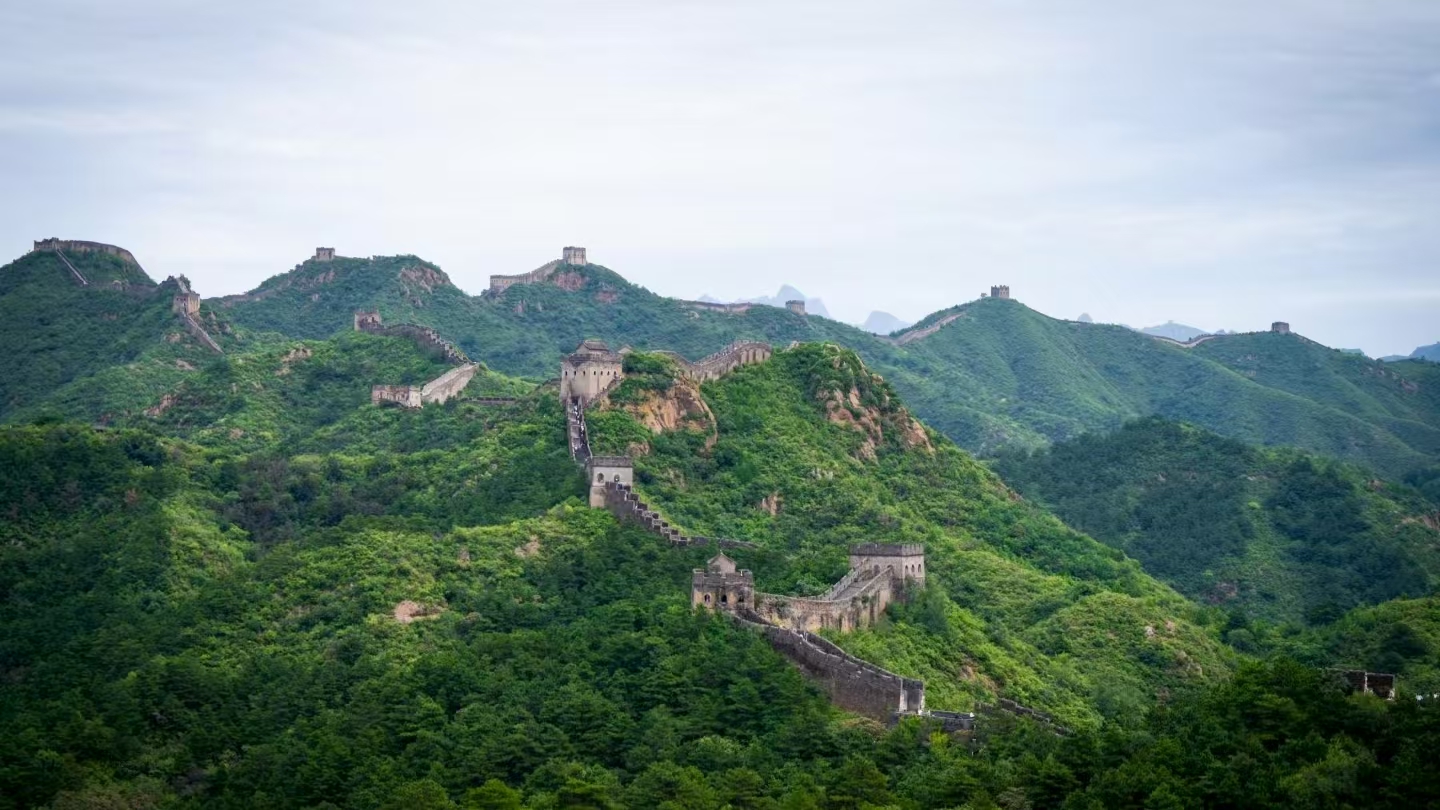
-
Travel: Approximately 2 hours by private car from Beijing.
-
Activities:
-
Hike from Jinshanling to Simatai (check if open).
-
Photograph sunrise or sunset along the ridges.
-
-
Tips:
-
Wear sturdy hiking shoes.
-
Carry water, snacks, and a light jacket for changing weather.
-
Consider hiring a local guide to explain historical features along the trail.
-
Chengde Mountain Resort (避暑山庄)
A UNESCO World Heritage Site, this Qing dynasty summer retreat spans expansive gardens, palaces, and Tibetan-style temples.
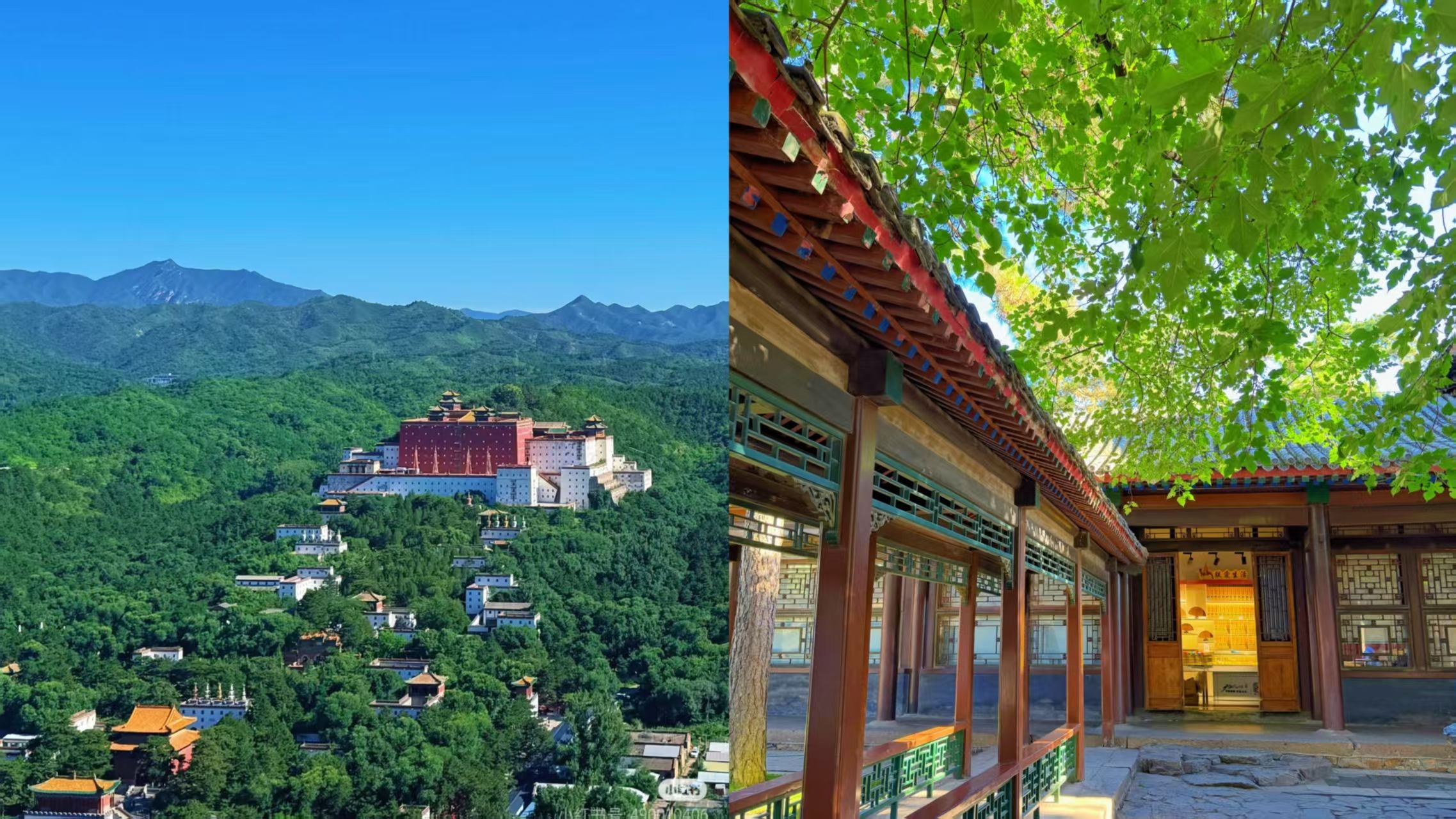
-
Activities:
-
Explore the main resort and eight outer temples.
-
Learn about Qing imperial diplomacy and architectural fusion.
-
-
Tips:
-
Allocate at least one full day.
-
Try local specialties like venison dishes and Manchu-style banquets.
-
Inner Mongolia – Grasslands & Desert
Grasslands: Xilingol & Hohhot Regions
The grasslands offer a quintessential Mongolian experience with yurts, horseback riding, and cultural performances.
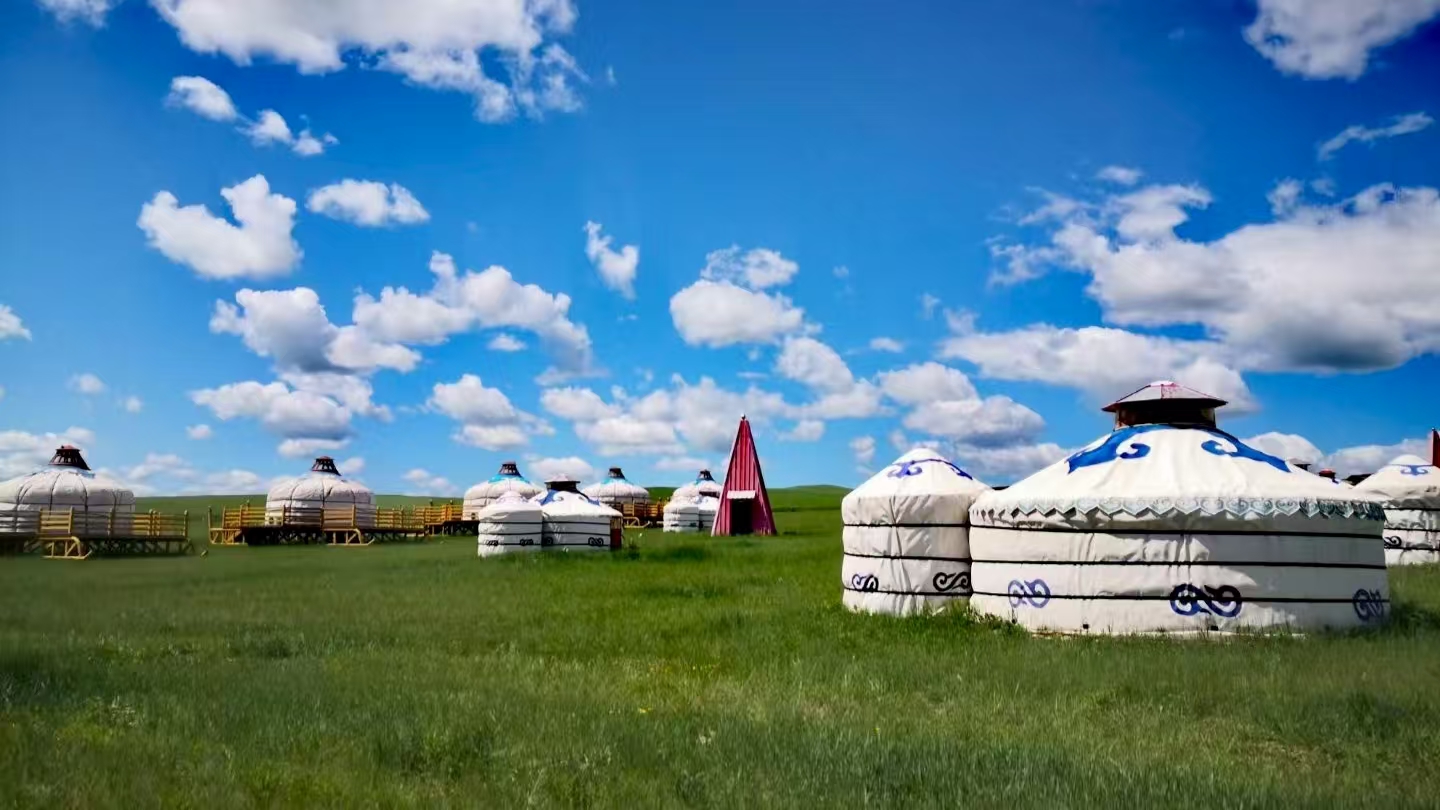
-
Best Time: July–August for greenery and festivals.
-
Activities:
-
Horseback riding across vast plains.
-
Stay in family-run yurts and enjoy local meals.
-
Experience Naadam festivals featuring wrestling, archery, and horse racing.
-
-
Tips:
-
Nights can be cold; pack warm layers.
-
Respect local customs; ask permission before taking photos.
-
Try salty milk tea and other dairy products.
-
Xiangshawan Desert: Singing Dunes
Xiangshawan is renowned for its "singing sand," which emits sound when walking or sliding down dunes.
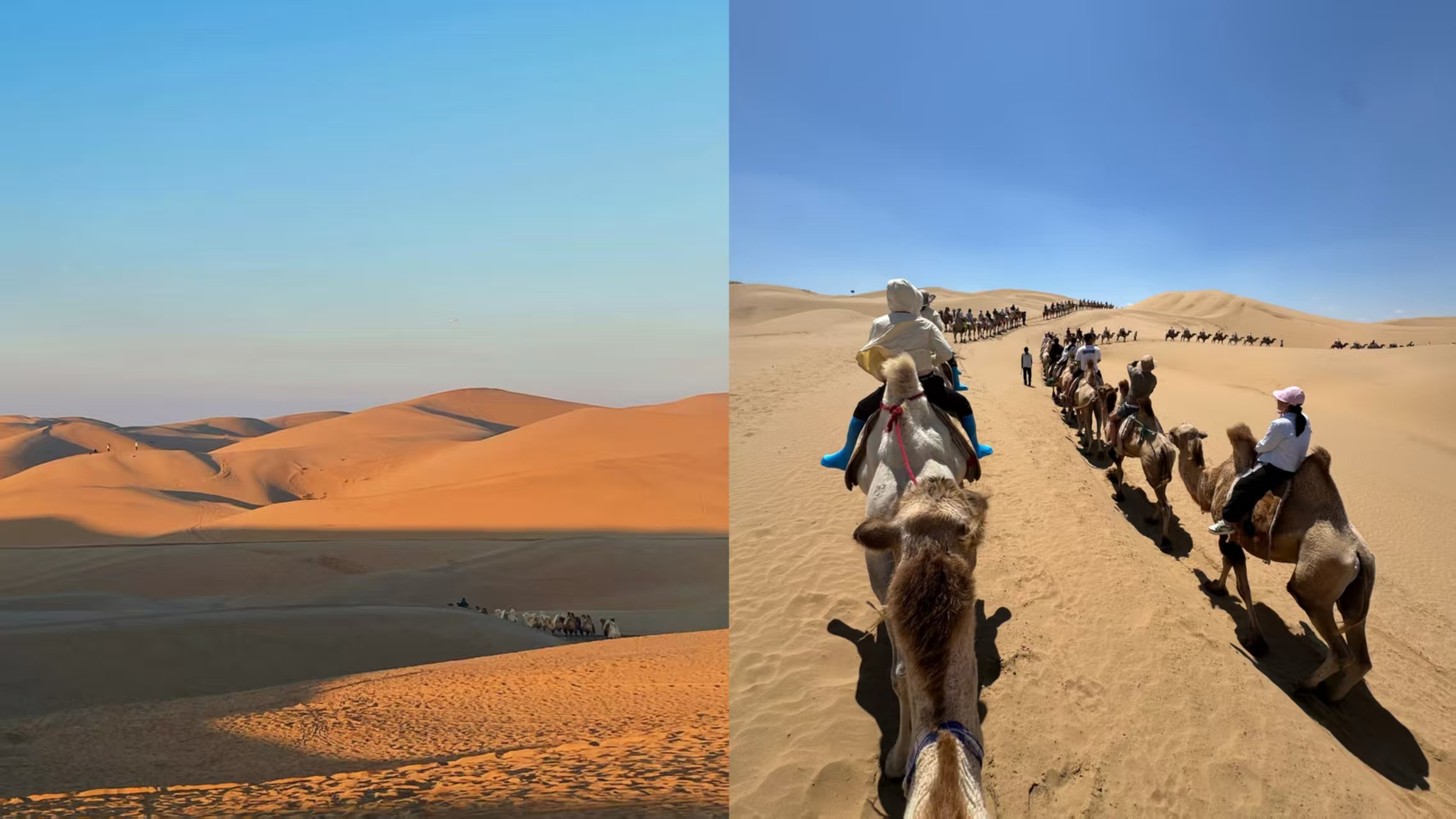
-
Travel: 1-hour drive from Baotou airport.
-
Activities:
-
Camel rides at sunset.
-
Sandboarding on golden dunes.
-
Stay overnight in lotus-shaped desert hotels.
-
-
Tips:
-
Protect electronics from sand.
-
Wear sunscreen, sunglasses, and hats.
-
Shanxi – Ancient Civilization & Sacred Mountains
Datong: Yungang Grottoes & Hanging Temple
The Yungang Grottoes (UNESCO) house over 50,000 Buddhist statues carved into cliffs, while the Hanging Temple is an architectural marvel balanced on cliff stilts.
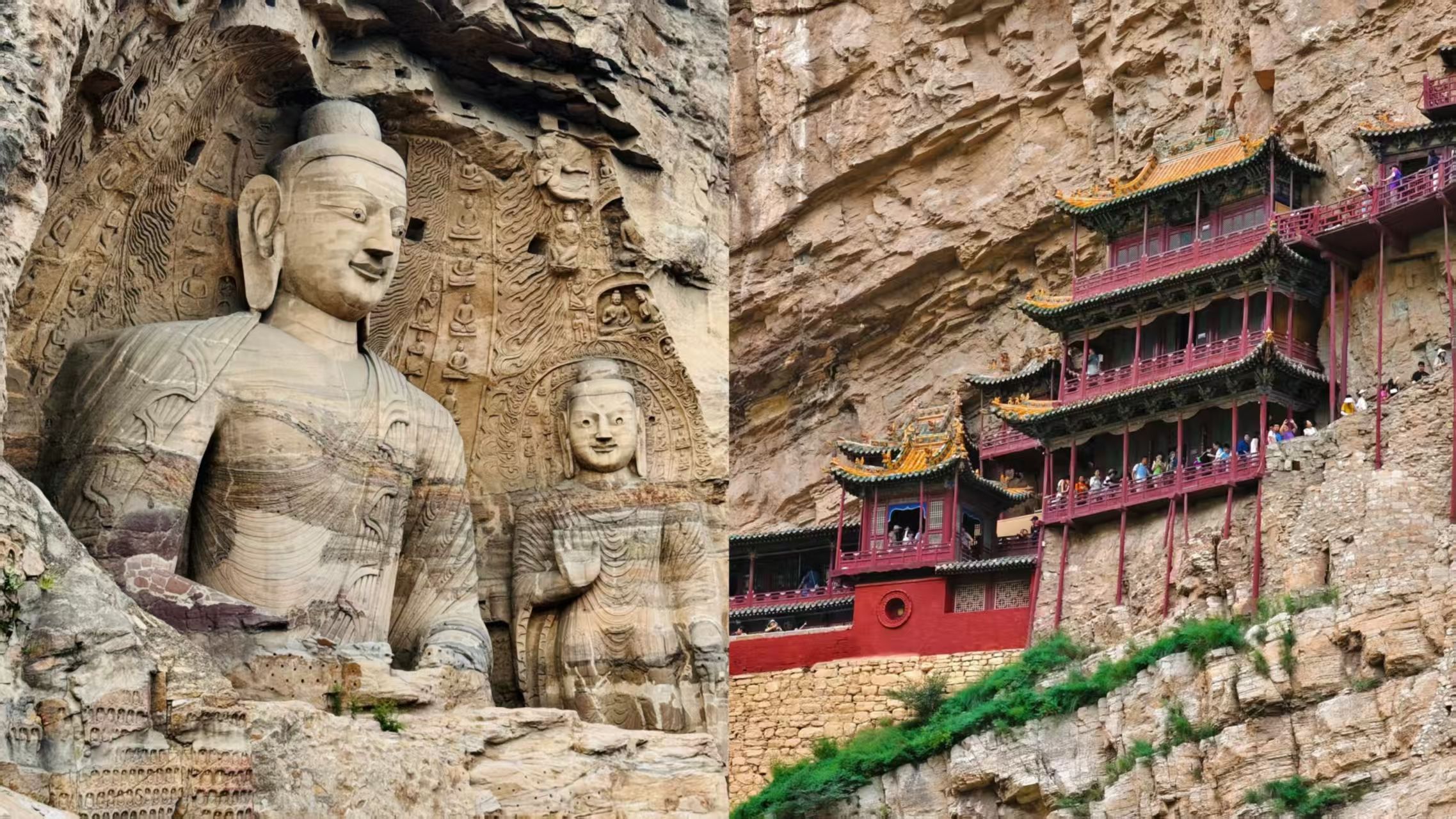
-
Travel: 2-hour HSR from Beijing.
-
Tips:
-
Visit early morning to avoid crowds.
-
Comfortable shoes are a must.
-
Hire a guide or audio tour for historical context.
-
Wutai Shan: Sacred Buddhist Mountain
One of China’s Four Sacred Buddhist Mountains, Wutai Shan features over 50 monasteries across five peaks.
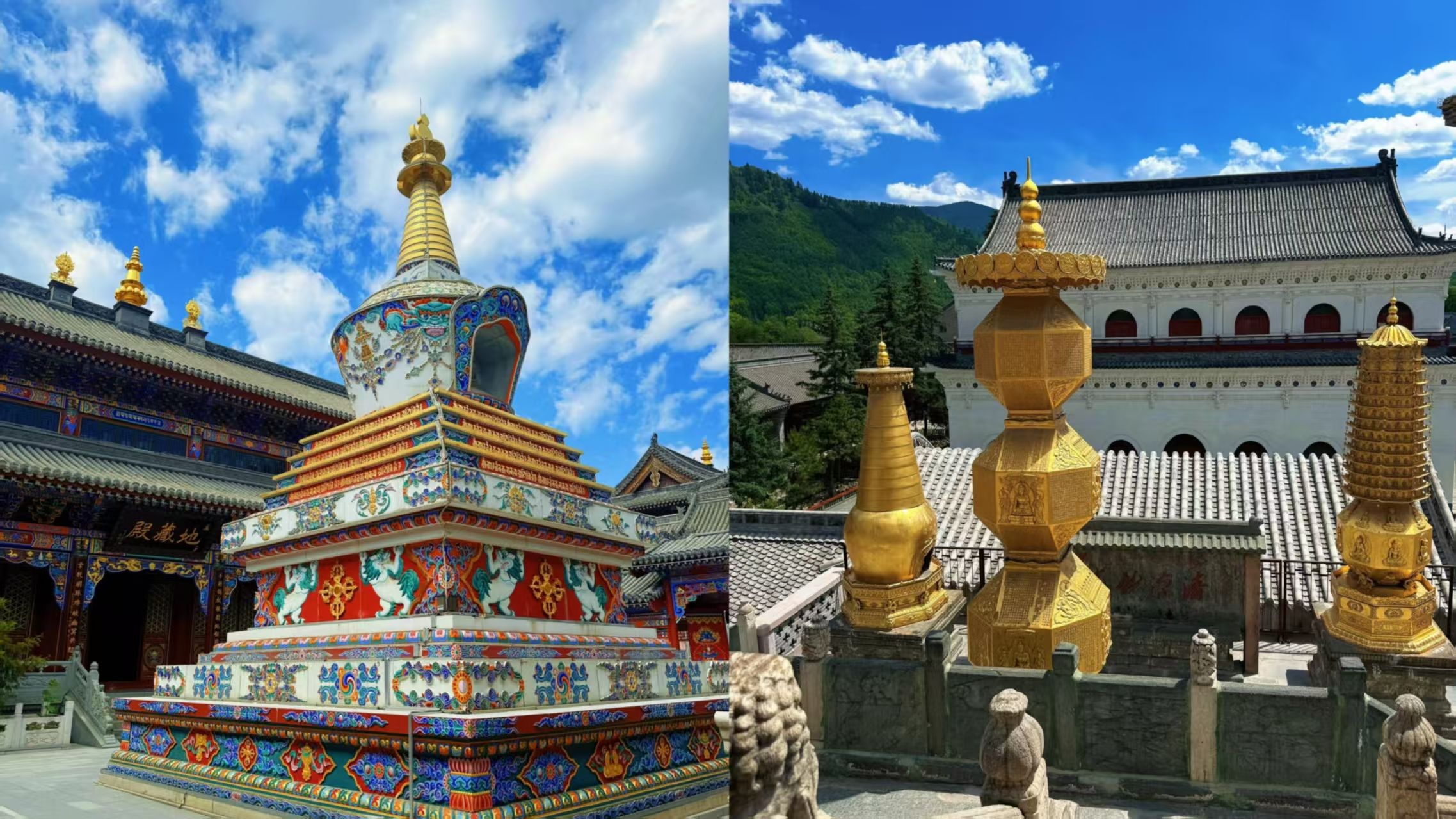
-
Activities:
-
Visit Xiantong Temple, Tayuan Temple, Nanshan Temple.
-
Participate in chanting sessions or meditation experiences.
-
Hike to Dong Tai for sunrise.
-
-
Tips:
-
Dress modestly; cover shoulders and knees.
-
Vegetarian temple meals are authentic and affordable.
-
Pingyao Ancient City
Pingyao is a time capsule of Ming-Qing architecture, with intact city walls, courtyard homes, and historic shops.
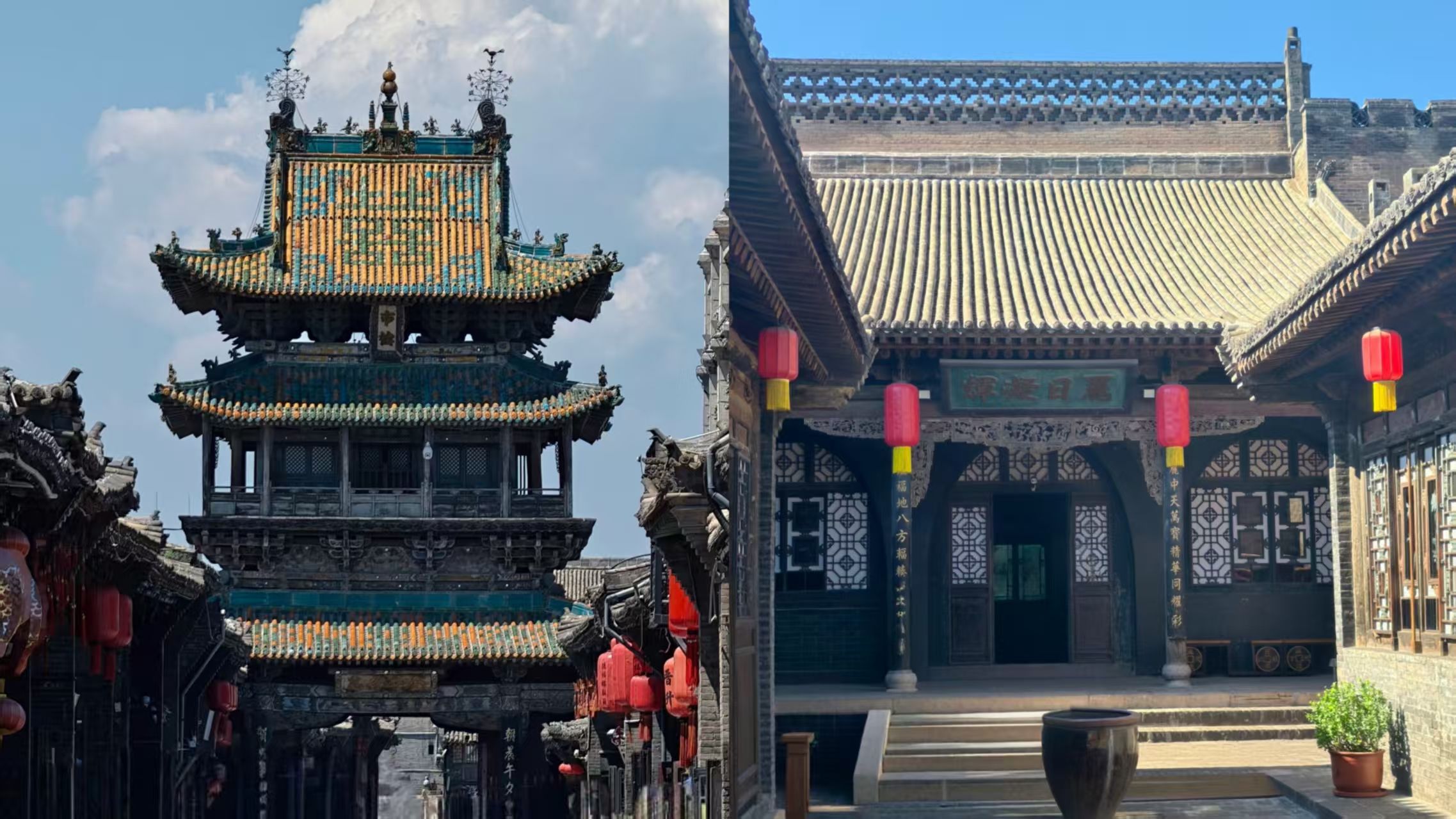
-
Activities:
-
Walk the city walls.
-
Explore Rishengchang Exchange House, birthplace of China’s banking system.
-
Attend “Again, Pingyao” immersive theatrical performance.
-
-
Tips:
-
Stay in traditional courtyard guesthouses.
-
Visit Wang Family Courtyard nearby for insight into Shanxi merchant culture.
-
Suggested Itineraries for Beijing Surrounding Cities
2–3 Days: Quick Escapes
-
Option A: Jinshanling Great Wall → Chengde Mountain Resort
-
Option B: Aranya Beach → Beidaihe → Return to Beijing
4–5 Days: Regional Immersion
-
Option A: Datong → Yungang Grottoes & Hanging Temple → Wutai Shan
-
Option B: Inner Mongolia grasslands (2 nights in yurts) → Hohhot city tour
6–7 Days: Comprehensive Exploration
-
Route: Pingyao Ancient City → Wang Family Courtyard → Datong → Yungang Grottoes → Hanging Temple → Jinshanling Great Wall
-
Tips:
-
Combine HSR with private transfers for offbeat sites.
-
Reserve accommodations at least 3–4 weeks in advance.
-
Allocate full days for major attractions.
-
Culinary Experiences Across Beijing Surrounding Cities
-
Hebei: Venison hotpot, fresh clams, crab, and traditional dumplings.
-
Inner Mongolia: Roasted lamb, milk tea, yogurt, and locally produced cheeses.
-
Shanxi: Knife-cut noodles, oat noodles, vinegar-based cold noodles, and hearty lamb stews.
Tips: Always ask locals for seasonal specialties, and don’t hesitate to try unfamiliar dishes—most restaurants have picture menus.
Final Travel Tips
-
Payments: Alipay or WeChat Pay is essential; link your international card.
-
Navigation: Download Baidu Maps and Google Translate offline packs.
-
Cultural Etiquette:
-
Be quiet in temples.
-
Avoid photographing monks without permission.
-
Accept business cards or gifts with both hands.
-
-
Packing:
-
Layered clothing for variable climates.
-
Walking shoes and sun protection.
-
Dust protection for deserts.
-
-
Safety:
-
Bottled water only; carry a small medical kit.
-
Public toilets may not provide paper; carry tissues.
-
Stepping into Beijing surrounding cities is not just a change of scenery; it’s a journey into deeper layers of Chinese culture, history, and landscape. Pack your sense of adventure, download your apps, and get ready to explore the incredible world that lies just beyond Beijing in 2025!
